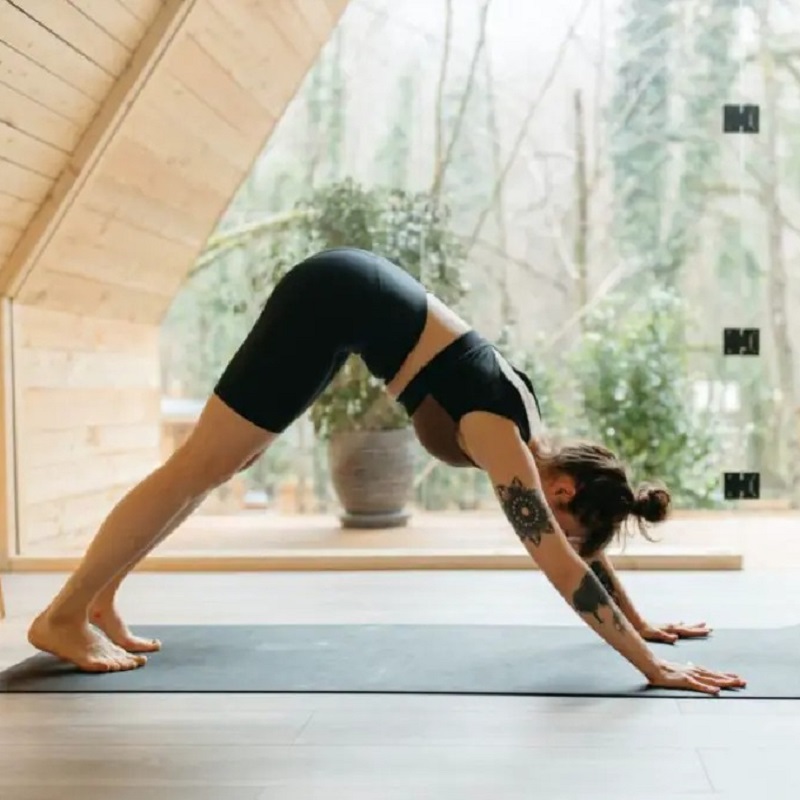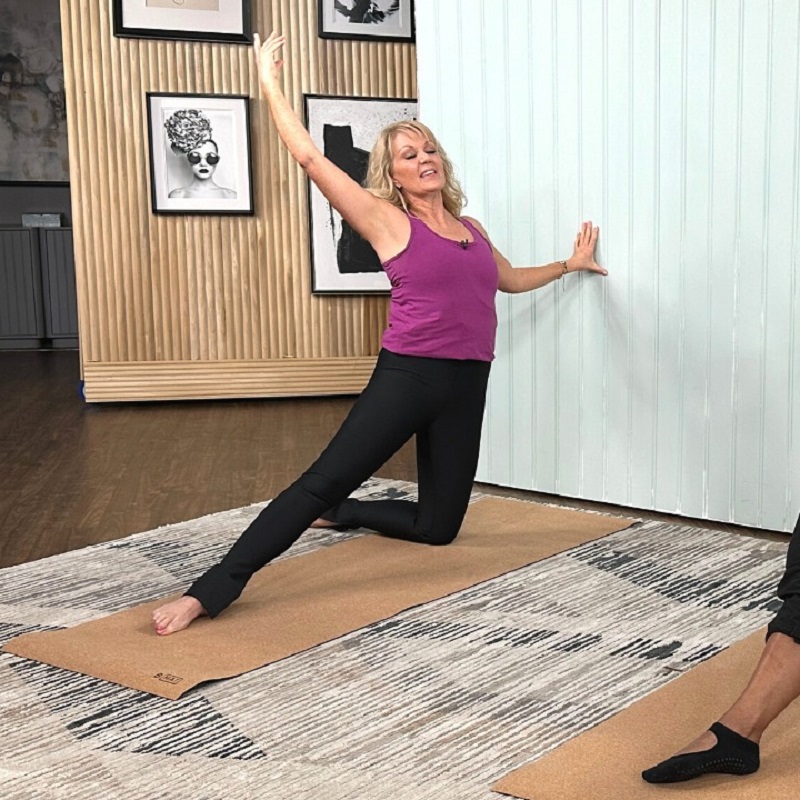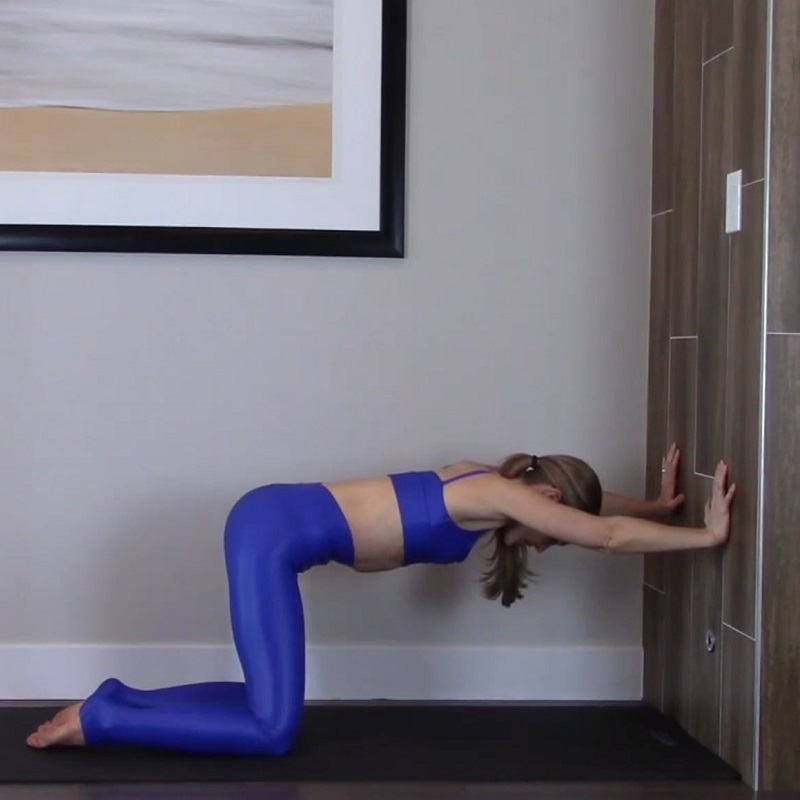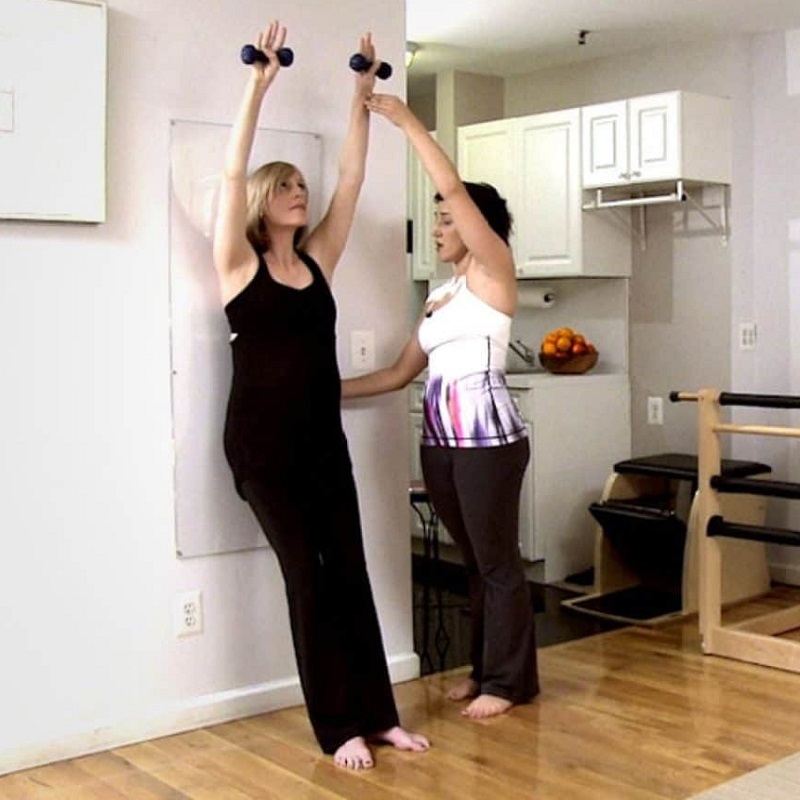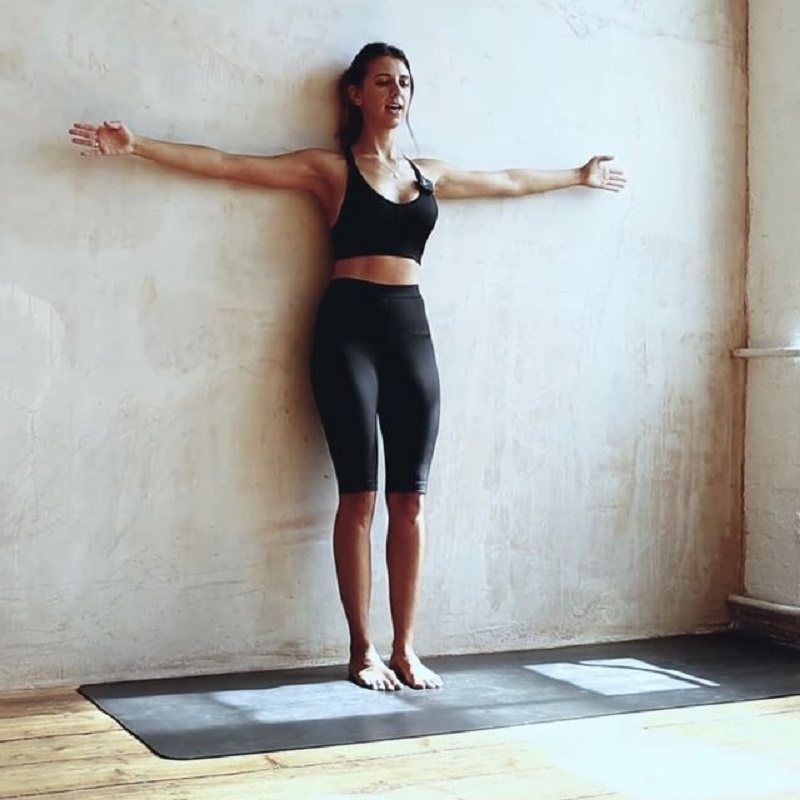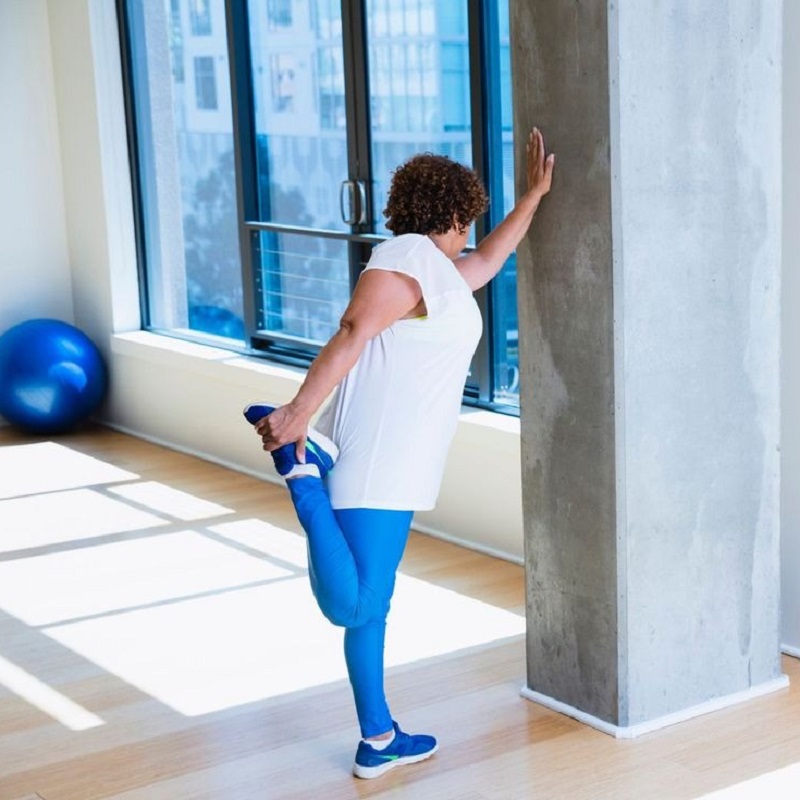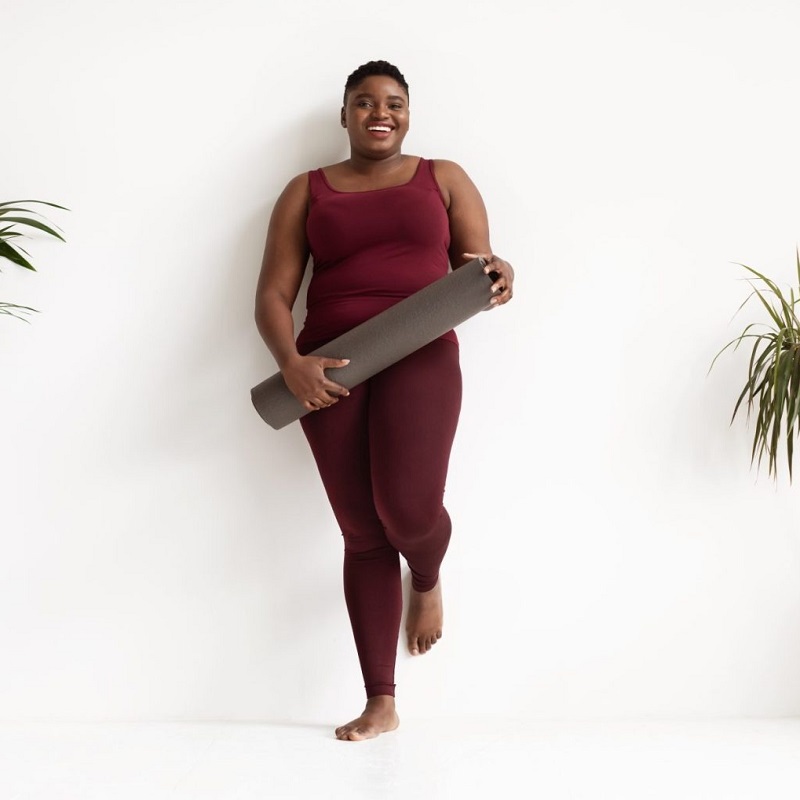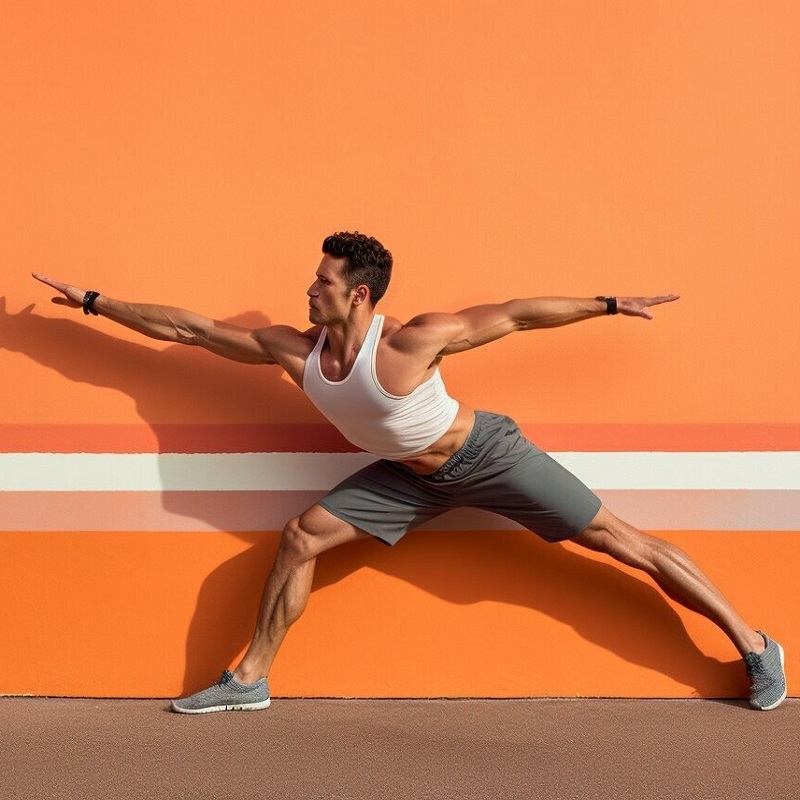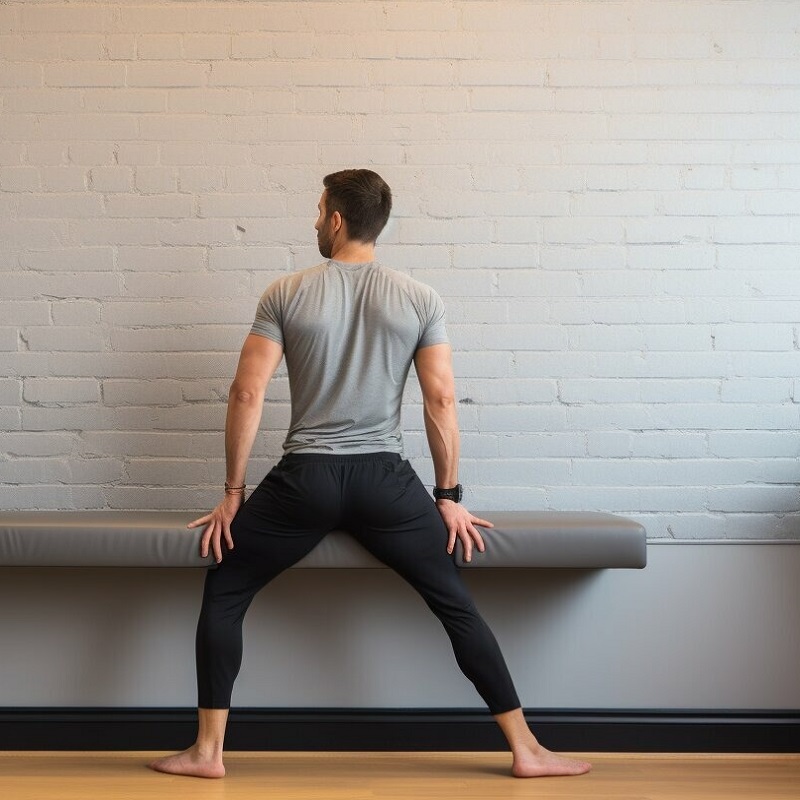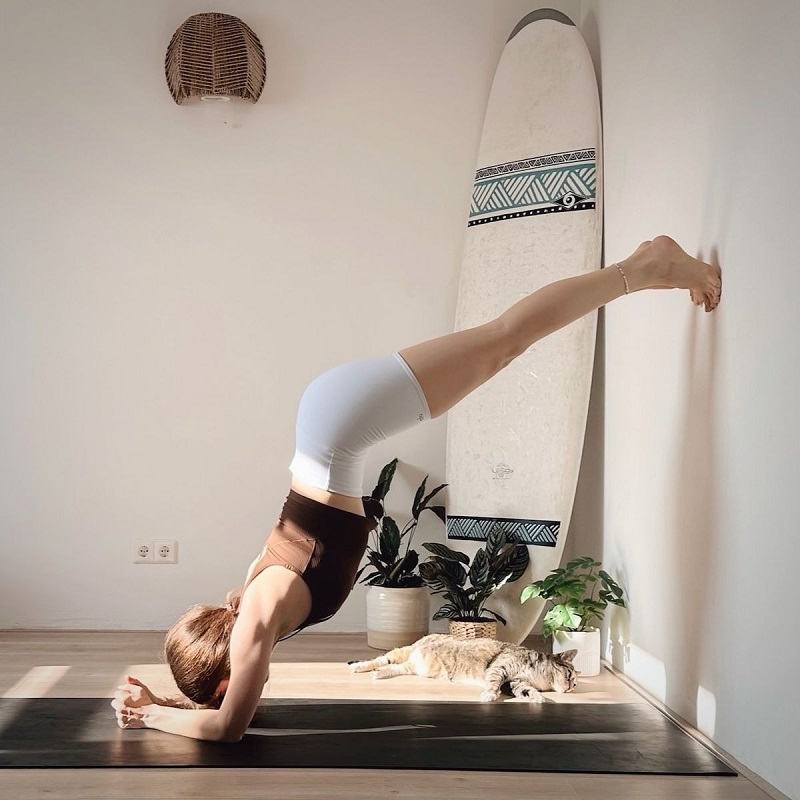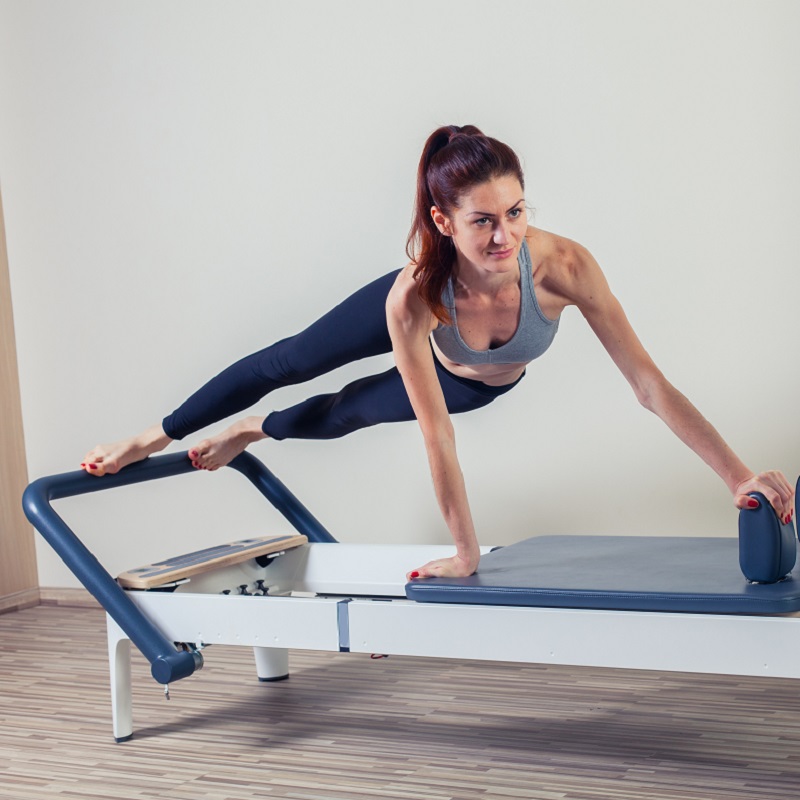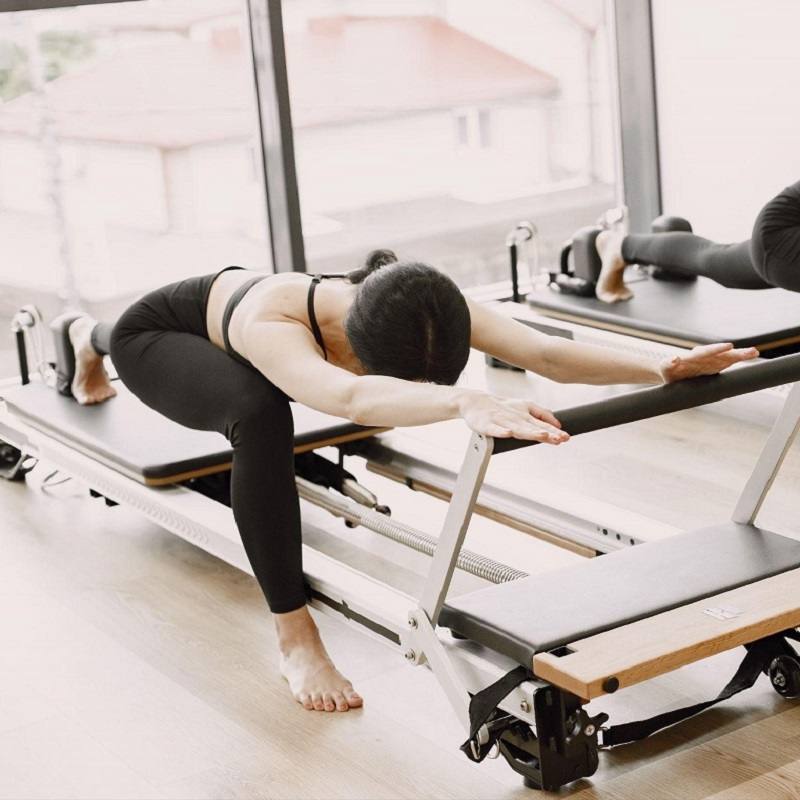Introduction
In recent years, Pilates has gained immense popularity as an effective workout method for toning the entire body. Many fitness enthusiasts are now searching for ways to incorporate pilates workout at home into their routine. The appeal lies in its versatility and the ability to adapt exercises based on one’s fitness level, making it accessible to beginners and seasoned practitioners alike. Therefore, this article will explore how you can effectively perform Pilates at home to achieve full-body toning.
Let’s delve into the numerous benefits of practicing Pilates and how to set up an effective home workout routine. By the end of this guide, you’ll be equipped with the knowledge needed to create your personalized Pilates routine, transforming your body from the comfort of your home.
Why Choose Pilates for Full-Body Toning?
1. Improved Flexibility and Strength
One of the most notable benefits of Pilates is the simultaneous development of both flexibility and strength.
- Enhanced Range of Motion: Pilates exercises encourage lengthening and stretching the muscles. As a result, this improvement translates to a greater range of motion in daily activities and sports.
- Balanced Muscles: Additionally, through controlled movements, Pilates promotes balanced muscle development. This is crucial for full-body toning, as it engages various muscle groups. Essentially, the method works the core, arms, legs, and back all in one session, creating a well-rounded physique.
2. Core Stability and Posture
Another significant aspect of Pilates is its emphasis on core strength, which is essential for improving posture and enhancing athletic performance.
- Core Engagement: Most Pilates exercises focus on strengthening the core muscles, which include the abdominals, obliques, and lower back. A strong core stabilizes your body and improves overall balance during workouts as well as in daily life.
- Postural Awareness: Furthermore, performing Pilates encourages awareness of your body’s alignment and posture. With consistent practice, you’ll notice better posture even when you’re not exercising, which is incredibly beneficial for periods spent sitting or standing.
3. Mind-Body Connection
Interestingly, Pilates is not just about physical exertion; it also emphasizes the mind-body connection.
- Mental Focus: Each movement requires concentration and controlled breathing, which helps increase your mental awareness and connection to your body. This focus can notably improve your workout efficiency and provide stress relief.
- Holistic Benefits: In fact, the practice of Pilates has been known to enhance body awareness and mindfulness. Thus, it promotes overall well-being beyond just physical fitness. It encourages a thoughtful approach to movement, which can be beneficial in various aspects of life.

Setting Up Your Home Workout Space
1. Choose the Right Environment
Creating a comfortable and motivating workout space is essential for committing to a pilates workout at home.
- Space Considerations: Fortunately, you don’t need a large area; just enough room to lay down your mat and move freely. Be sure to clear the area of clutter, making it safe and inviting for your practice.
- Lighting and Ambiance: Moreover, a well-lit space can boost your mood and energy levels. Consider using natural light if possible, or illuminate the space with soft lamps to create a calming environment.
2. Gather Your Equipment
While Pilates can be performed with minimal equipment, having a few essential tools can enhance your workouts.
- Pilates Mat: In any case, invest in a high-quality mat that provides comfort and support. A non-slip surface is essential to avoid slippage during exercises, making your practice safer and more effective.
- Props: Consider using props such as resistance bands, small weights, or a Pilates ring. These tools can add variety to your workouts and challenge your muscles further, promoting growth and toning.
3. Prepare the Essentials
In addition to physical space, consider any essentials that can enhance your workout.
- Water Bottle: Remember that staying hydrated is important during exercise, so keep a water bottle nearby to sip on while you work out.
- Towel: A towel can come in handy to wipe away sweat and ensure your comfort throughout your session.

Essential Pilates Exercises for Full-Body Toning
Implementing a variety of exercises in your routine ensures that your body receives well-rounded training.
1. The Hundred
To kick off your routine, the Hundred is an iconic Pilates move that warms up the body and engages the core.
- How to Perform: Lie on your back with your legs in a tabletop position. As you lift your head, neck, and shoulders off the mat, extend your arms alongside your body. Next, pump your arms up and down as you inhale for a count of five and exhale for another five. Repeat this pattern until you reach 100 counts.
- Benefits: This exercise builds core strength and enhances stamina. Additionally, it encourages controlled breathing, which is essential in Pilates, promoting focus and effectiveness.
2. Plank with Leg Lift
Next, the Plank with Leg Lift is particularly effective for strengthening the abdominal and lower back muscles while also targeting the glutes.
- How to Perform: Begin in a plank position with your hands under your shoulders and feet hip-width apart. As you engage your core, lift one leg toward the ceiling without rotating your hips. Alternate legs, performing eight lifts on each side.
- Benefits: Notably, this exercise improves core stability, overall body strength, and balance—all essential for significant toning and stability.
3. Roll-Up
The Roll-Up is a foundational Pilates exercise that promotes spinal flexibility and strengthens the core.
- How to Perform: Lie flat on your back with your arms extended overhead. As you engage your core, slowly roll up while reaching forward toward your toes. Reverse the movement by rolling down one vertebra at a time. Complete eight to ten repetitions for optimal results.
- Benefits: This movement not only targets the abdominals but also stretches the spine and hamstrings. In turn, this promotes a healthy back, which is essential for maintaining overall body fitness.
4. Side Leg Lifts
To tone the outer thighs and glutes, Side Leg Lifts are incredibly effective.
- How to Perform: Lie on your side with your legs stacked. Using your lower arm for support, lift the top leg toward the ceiling while keeping it straight. Hold for a moment at the top, then lower back down. Complete ten to twelve reps on each side for balanced muscle development.
- Benefits: This exercise strengthens the hip abductor muscles and improves stability. Therefore, it is important for overall leg strength and functional movement in everyday activities.
5. Bridge
The Bridge is a fantastic exercise that targets the glutes, hips, and lower back while promoting core engagement.
- How to Perform: Lie on your back with your knees bent and feet flat on the floor, hip-width apart. As you inhale, lift your hips toward the ceiling, squeezing your glutes at the top. Lower back down slowly and repeat for eight to twelve repetitions.
- Benefits: This movement not only strengthens the posterior chain but also helps improve posture by opening up the hip flexors, which often become tight from prolonged sitting.
6. Teaser
As you advance, you can incorporate the Teaser, which effectively targets the core and improves balance.
- How to Perform: Sit on the mat with your knees bent and feet flat. Slowly roll back while lifting your legs into a V position, keeping your arms extended at shoulder height. Hold this position for a few breaths before rolling back down. Aim to complete five to eight repetitions.
- Benefits: The Teaser challenges your core strength and coordination, making it a great addition to any advanced Pilates workout routine.
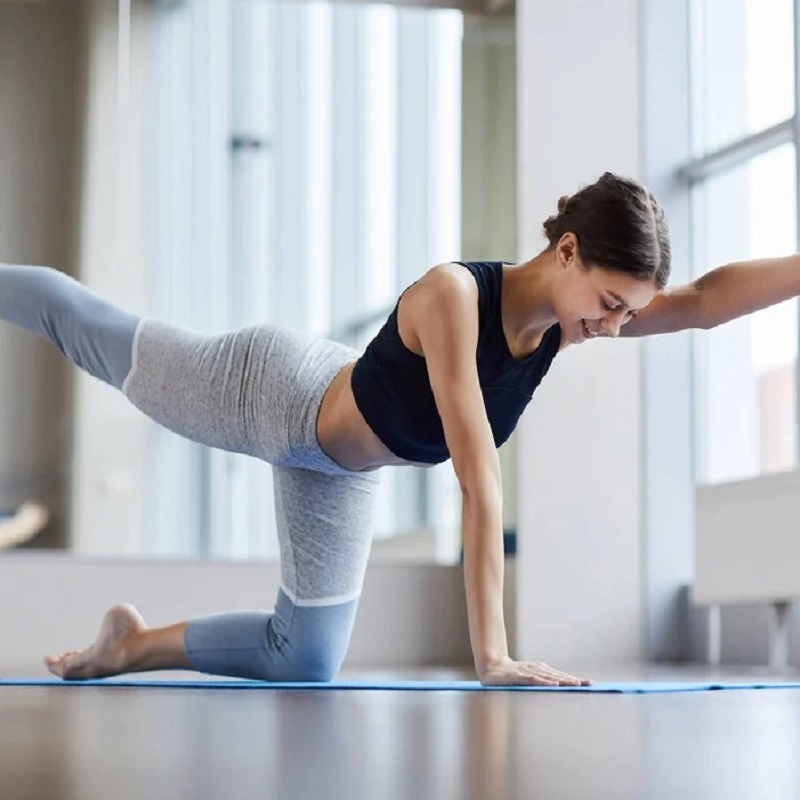
Creating a Structured Pilates Routine at Home
1. Duration and Frequency
Defining a structured routine will help you stay consistent with your pilates workout at home.
- Session Length: Depending on your goals, aim for workouts of 30 to 60 minutes. Beginners can start with shorter sessions and gradually increase the length as they build stamina.
- Frequency: Ideally, practice Pilates 3 to 4 times a week for optimal results. This frequency allows your muscles time to recover while ensuring a steady progression in strength and flexibility.
2. Incorporating Variety
To keep your sessions engaging, incorporate a variety of exercises each week.
- Exercise Rotation: Create a weekly schedule featuring different exercises. For instance, alternate between full-body routines and specific focus sessions that target areas like the core or legs.
- Exploring Online Resources: Utilize online tutorials, classes, or apps that offer guided Pilates workouts. This can introduce you to new exercises and styles that keep your training fresh and interesting.
3. Cool Down and Stretch
Never underestimate the importance of cooling down and stretching after your Pilates workouts.
- Gentle Stretches: Incorporate stretches that target the muscles used during your routine. This helps improve flexibility and can prevent muscle soreness.
- Breathing Exercises: Finally, finish your session with deep breathing exercises to encourage relaxation. Focus on taking deep, nourishing breaths as you lower your heart rate back to normal.
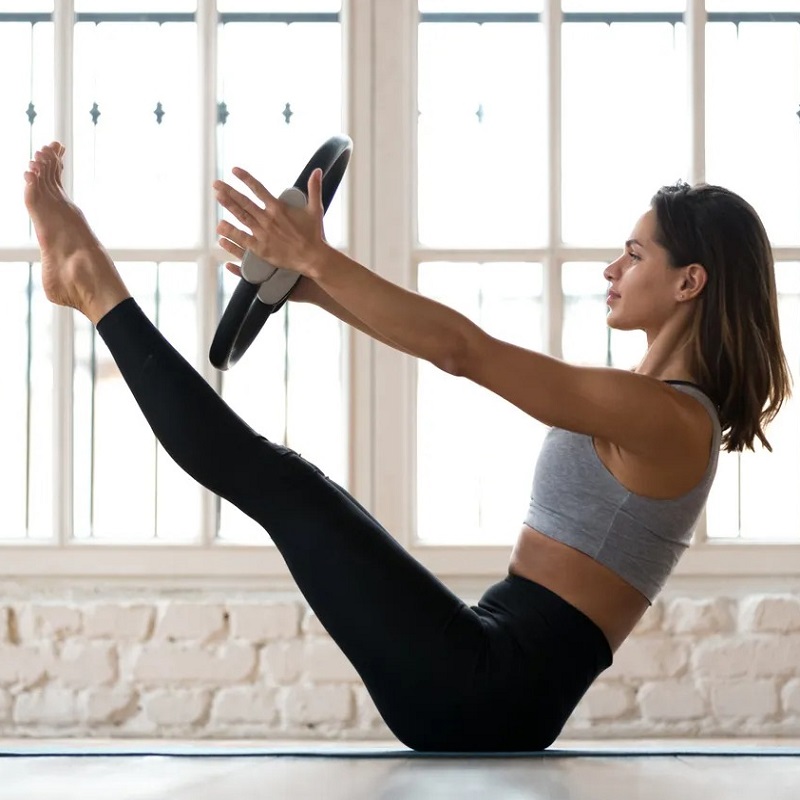
Monitoring Your Progress
1. Self-Assessment
Tracking your progress is key to staying motivated and adjusting your routine.
- Journaling: Maintain a fitness journal to document your workouts, noting exercises performed, duration, and how you felt during the session. Reflecting on your progress can provide insight into improvements in strength and flexibility over time.
- Setting Goals: Set both short-term and long-term goals. For example, aim to master a specific exercise or increase the duration of your workouts. Achieving these milestones can motivate you to continue your Pilates journey.
2. Listening to Your Body
Moreover, paying attention to how your body feels during and after workouts is essential for improvement and injury prevention.
- Rest Days: Incorporate rest days into your routine to allow your body to recover adequately. Overworking your muscles can lead to fatigue and potential injury, diminishing the benefits of your workouts.
- Modification and Adaptation: Be open to modifying exercises that feel too challenging. Pilates is about control and precision; therefore, it’s better to adapt a movement than to rush into it and risk injury.
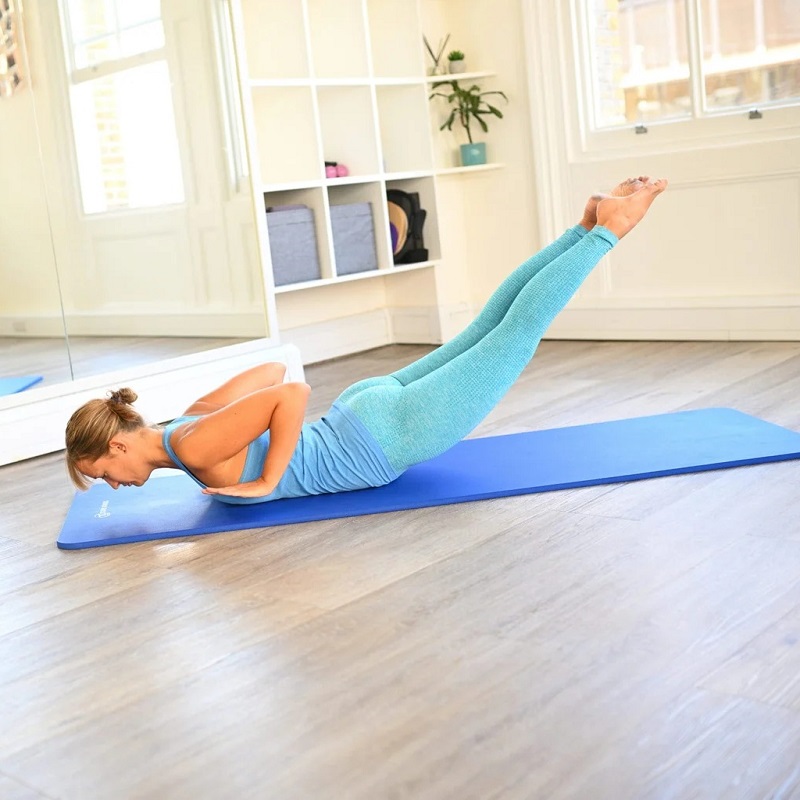
Conclusion
In conclusion, pilates workout at home offer an effective means of achieving full-body toning. By incorporating the exercises discussed in this guide and establishing a structured routine, you will experience improvements in strength, flexibility, and overall wellness. Not only will Pilates help you achieve your fitness goals, but it will also encourage mindful movement and body awareness.
As you embark on your Pilates journey, remember that consistency is key, and modifications are perfectly acceptable. Whether you choose to practice alone or follow guided online classes, the benefits of Pilates are well within your reach. Therefore, roll out your mat, find a comfortable space, and enjoy the countless rewards of Pilates for your body and mind!
